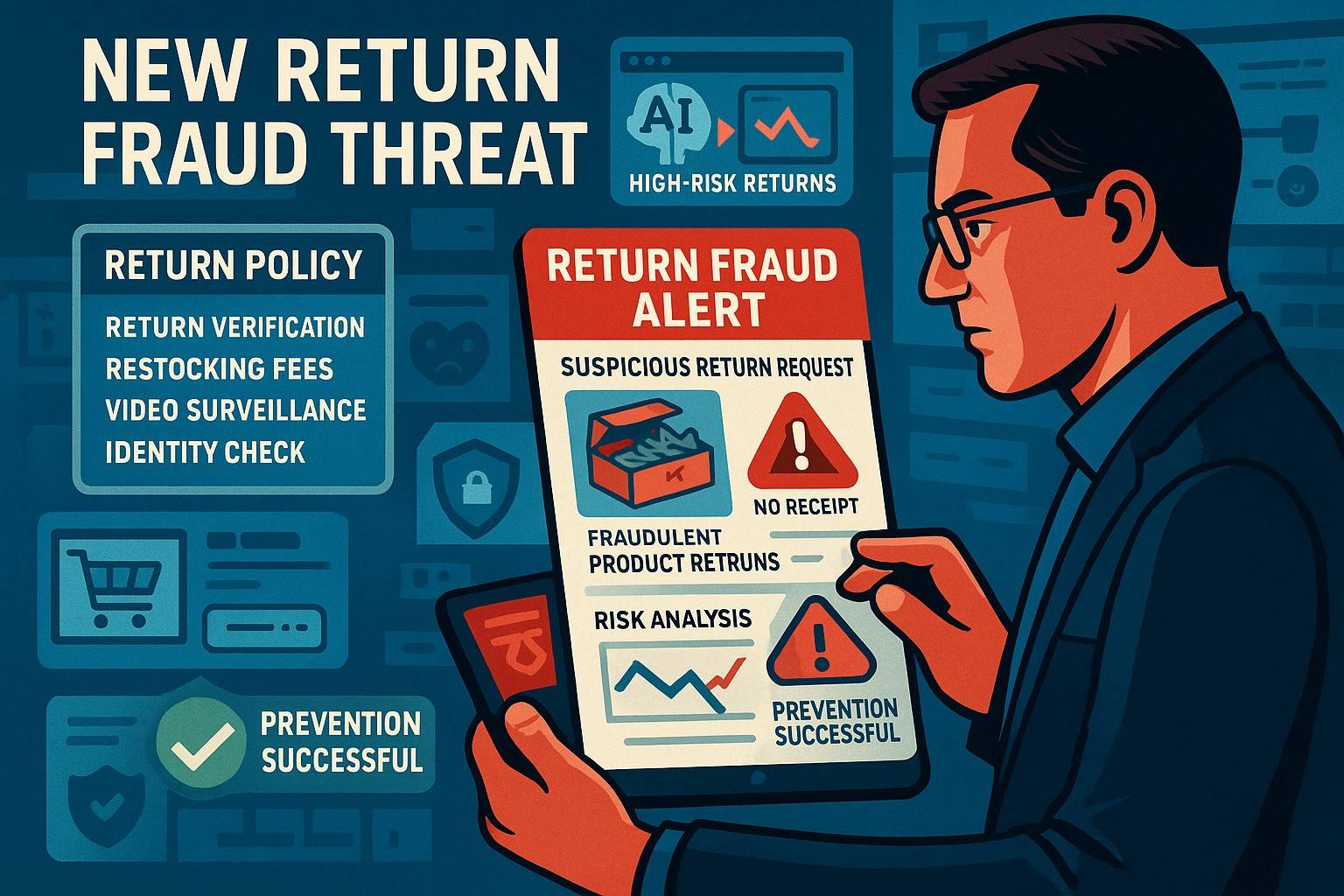Chargeback Management Services - Dispute Response Sep/ 17/ 2025 | 0
In 2025, a new return fraud tactic has emerged, leaving merchants at a significant financial disadvantage. While traditional return fraud tactics, such as “wardrobing” (buying items, using them, and then returning them), have been around for years, fraudsters are now adopting more sophisticated methods to deceive retailers. This shift has made it even more challenging for businesses to protect their profits and avoid chargebacks.
What Is the New Return Fraud Tactic?
The latest fraud technique involves customers purchasing items online or in-store with the intention of returning them after using them or damaging them. Fraudsters are exploiting relaxed return policies and taking advantage of merchants who are unable to detect such malicious behavior. As a result, businesses are left not only with the original cost of the returned products but also the associated processing fees and potential chargebacks.
How This Impacts Merchants
Merchants are facing financial strain as a result of these fraudulent returns. The repercussions extend beyond the cost of goods. The fraud cycle, which involves both return and chargeback processes, leads to:
- Increased operational costs: Handling fraudulent returns requires additional time and resources, including customer service and inventory management.
- Loss of product value: Items returned in damaged or used condition cannot be resold, leading to a direct financial loss.
- Chargebacks: Customers who successfully commit return fraud often initiate chargebacks, further compounding the issue and affecting a merchant’s chargeback ratio.
Strategies to Combat Return Fraud
To safeguard against this emerging threat, merchants can adopt the following strategies:
1. Review and Update Return Policies
Establish clear and strict return policies that limit the timeframe for returns and require items to be in new, unused condition. Consider offering store credit instead of full refunds for returned items.
2. Implement Enhanced Fraud Detection Tools
Use advanced fraud detection systems that can identify suspicious behavior, such as multiple returns from the same customer or frequent returns of high-value items.
3. Leverage Data Analytics
Monitor customer return behavior using data analytics. Identifying patterns in return frequency or inconsistencies in customer profiles can help pinpoint fraudulent activity.
4. Educate Your Team
Train staff to recognize signs of return fraud, such as customers purchasing large quantities of items with the intention to return them or individuals who repeatedly buy and return the same types of products.
5. Enhance Customer Verification
Use multi-factor authentication and other verification methods to ensure that returned products are being sent by the rightful owner.

Email us anytime!
Email customer service 24/7

Call us anytime!
Reach customer care 24/7 at +1 (888) 927-5152
Conclusion: Protecting Your Business from Return Fraud
As return fraud tactics continue to evolve, merchants must stay vigilant and adapt their strategies to minimize financial losses. By strengthening return policies, implementing fraud detection tools, and staying informed about the latest fraud trends, businesses can protect themselves from being left out of pocket in 2025.


